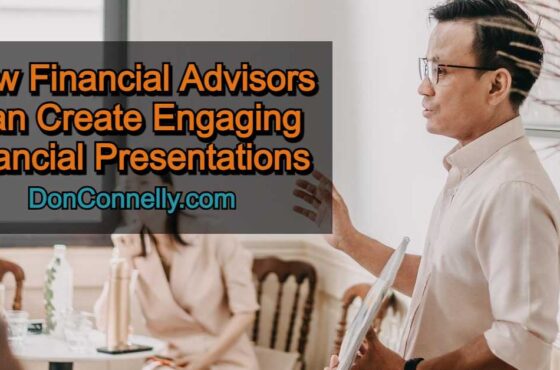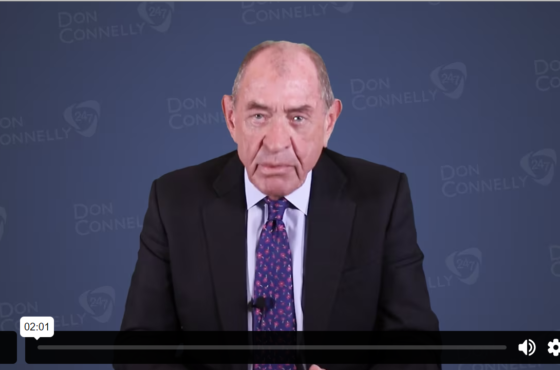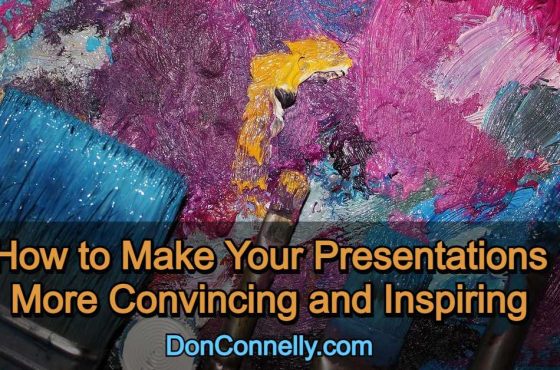Create an Elevator Speech that Wins
 Yes, I’m a huge believer in stories, and in taking time to build value in your services, your brand, and in taking a detailed fact-finder, so you can make your engagement truly client-centered and set yourself up for the close.
Yes, I’m a huge believer in stories, and in taking time to build value in your services, your brand, and in taking a detailed fact-finder, so you can make your engagement truly client-centered and set yourself up for the close.
But as we all know, many times there just isn’t enough time.
Sometimes you don’t have a leisurely lunch appointment. Sometimes it’s just a meeting engagement: A shared Uber ride, a shared elevator. That’s why you need an “elevator speech.”
Before we get into what constitutes a good elevator speech, let’s think about what you want your elevator speech to accomplish for you.
In 30 seconds or less, a good elevator speech should accomplish the following:
- Establish your unique value proposition (UVP).
- Establish a reason to initiate contact later.
- Establish the means to initiate that contact.
- Set up the expectation of contact.
Let’s look at each one in turn.
#1. Establish your Unique Value Proposition (UVP).
Your UVP is an expression of the value that you provide that sets you apart from the competition. That is, what is the benefit you offer that your competition has a hard time matching?
My favorite value proposition of all time is this: “Fresh, hot pizza in 30 minutes or less, guaranteed.”
Every advisor should put a lot of work into developing their UVP. Craft it carefully, and work it into the fewest possible words. Then practice it, so you can spit it out on the spot.
#2. Establish a reason to re-initiate contact.
As they say in showbiz, always leave them wanting more. “I help professionals and entrepreneurs protect money from creditors and create their own personal pension plans for a secure retirement. There are several strategies we use. Are you an entrepreneur or professional?”
If the answer is “yes,” then you’ve got a reason to contact them later.
That sets you up for step three.
#3. Establish the means to contact them later.
Having a reason to contact them later doesn’t do any good if you don’t know how to reach them. So make sure you take charge of the engagement and get their contact information.
“Let’s get together later! Got a card?”
This last bit is important: I’m a big believer in collecting business cards. Not giving them out.
There’s nothing wrong with giving them out, of course. But you need to walk away from the elevator speech in control. That means you’ll be calling them. If you don’t get contact information, you don’t have control. They won’t call you. You’ve accomplished nothing.
But if you get a business card, or at least an email or phone number, you ensure you have a chance to move the contact down your sales pipeline, converting them from “contact to prospect.”
Tip: If they don’t have a business card, ask “What’s the best way to contact you?” If they demure, ask “Are you on LinkedIn?” If you have a good LinkedIn profile, that’s a great way to contact them, because when they get a note from you, they’ll see all the great value-adds and writing you’ve got on your own profile, and they can click over to your web page, where you’ve optimized your chances for conversion.
Note: Most people stop at step three. But that doesn’t take it far enough.
See, weaker salespeople trade business cards all the time – but fail to set themselves up for success when they do make the contact. Sometimes the prospect won’t even remember who they are when he or she picks up the phone.
If the prospect is surprised to hear from you, you missed the mark.
So don’t disengage too early. Just getting a business card isn’t enough. If you have time, get to step four.
#4. Set up the expectation of contact.
You don’t want them thinking you might contact them. You want them expecting to hear from you.
“Great! I’ll call you tomorrow afternoon. Will that work?”
If they say yes, you’re in! If they say no, they might counter with a better time. Either way, you’re closer to your goal – an appointment to close a future client.
Now go out and get in front of people.
If you need help cutting through the noise and attracting enough clients, watch this 2-minute video to learn how our 8-step training program will help you create your unique value proposition and develop a plan for using it day in and day out for the rest of your career to attract new clients.
See program details and enroll today!
Available as a self-paced program or in combination with an individual coaching session with Don Connelly, this program will help you reboot your practice and take it to new heights. Select your format and enroll now!



